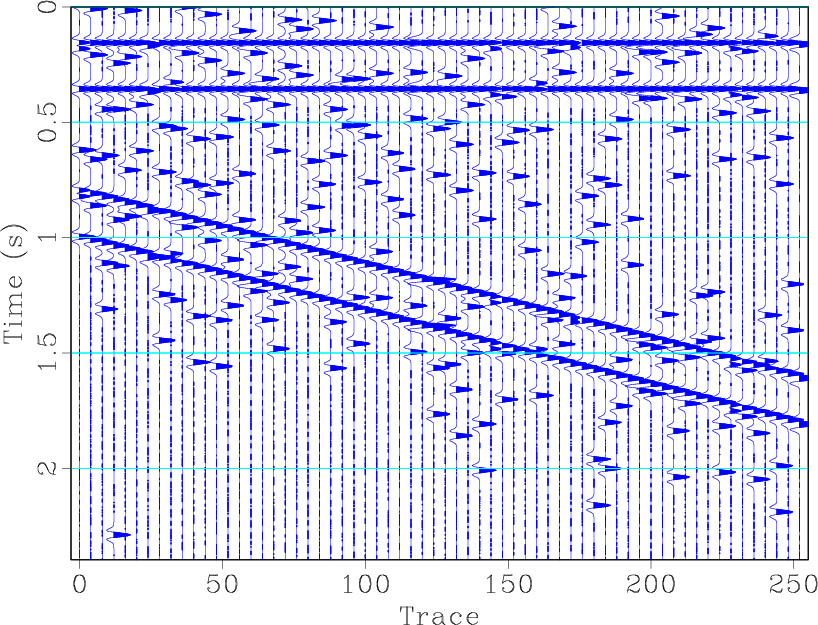|
|
|
|
Deblending using a space-varying median filter |




|
|---|
|
huos,huos-tmf,huos-xmf,huos-svmf
Figure 3. Comparison of different kinds of MF. (a) Original noisy data. (b) Implementing MF along temporal direction. (c) Implementing MF along spatial direction. (d) Implementing SVMF with two-step MF along spatial direction. |
|
|
|
|
|
|
Deblending using a space-varying median filter |